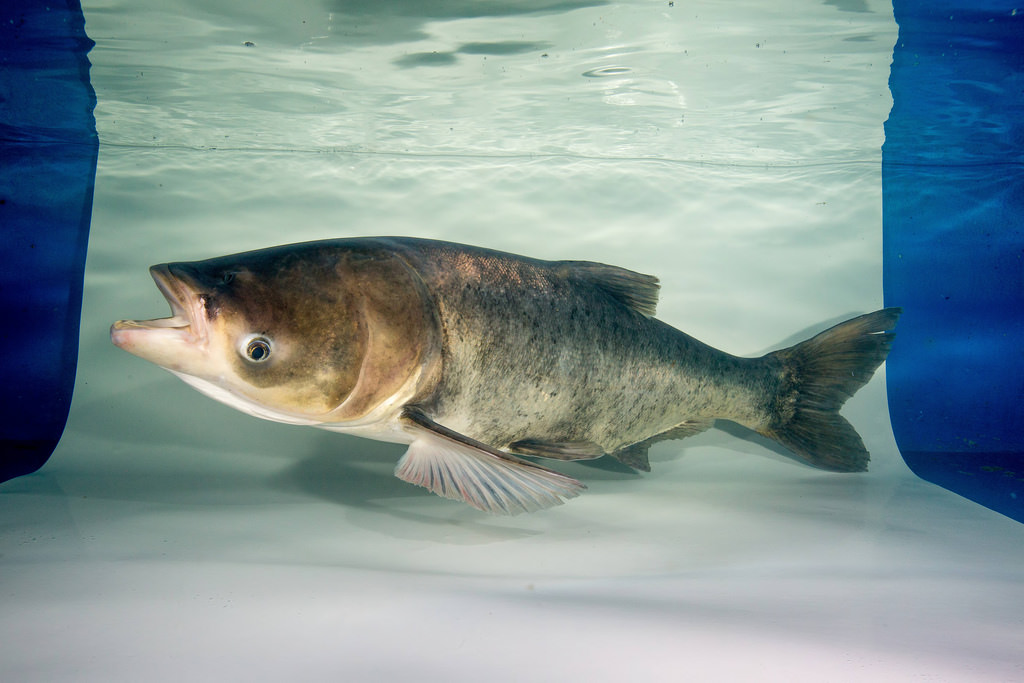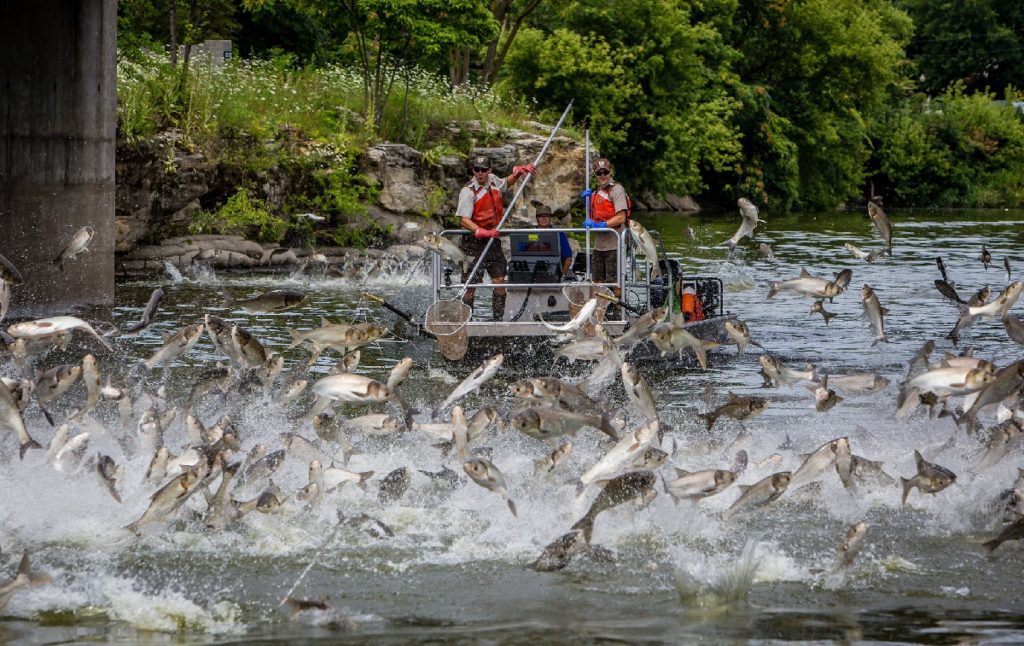Canadian Company Turns Invasive Asian Carp into Dog Food
The Wilder Harrier Company in Montreal is trying a new business model to help deal with invasive Asian Carp; turn them into dog food. The idea of finding other uses for invasive species is not new but is not easy as each species presents new challenges. In the case of the Asian Carp, human consumption is possible but the fish have a lot of small bones that make cleaning and eating difficult. However, when the fish are ground up, the bones are broken up and the result can be made into dog food that is nutritious. The company also reports that the resulting dog food can be good for dogs that are intolerant or allergic to other dog foods. In 2021, the Wilder Harrier Company plans on importing 50-100 tons of the invasive fish from the Illinois River area in the United States. For the full story, CLICK HERE!
into dog food that is nutritious. The company also reports that the resulting dog food can be good for dogs that are intolerant or allergic to other dog foods. In 2021, the Wilder Harrier Company plans on importing 50-100 tons of the invasive fish from the Illinois River area in the United States. For the full story, CLICK HERE!
Asian carp are most often first experienced by the public when they see videos of fish leaping out of the water as they become startled from boat engines in invaded waterbodies. There have been numerous news stories over the years about Asian carp and the Chicago Sanitary and Ship Canal. These fish are predominantly silver carp, one of four non-native Asian carp species that are currently found in North America; bighead, grass, and black carp. Introduced in the 1960s (grass carp) and the 1970s (other three species), Asian carp were brought to the United States for use in aquaculture but flooding of aquaculture  ponds allowed these fish to invade the Mississippi River watershed. Silver and bighead carp feed on plankton while grass carp eat aquatic vegetation and black carp eat mollusks.
ponds allowed these fish to invade the Mississippi River watershed. Silver and bighead carp feed on plankton while grass carp eat aquatic vegetation and black carp eat mollusks.
These fish could have a tremendous influence on the Great Lakes ecosystem if they reach the Lakes. If these carp become established in the Great Lakes, native species will most likely be impacted either directly (through competition for food) or indirectly (through changes to the food web caused by Asian carp). Since both the bighead and silver carp feed on phytoplankton, they compete directly with forage fish such as shad, shiners, and many other young fish. While it might seem that a reduction in phytoplankton would be beneficial (water clarity increases), the rest of the food web will be impacted including a potential reduction in other fish species. In parts of the Mississippi River, silver and bighead carp have become dominant with some areas having these two fish species composing 90% of the fish biomass. Read more about Asian Carp by reading this Fox-Wolf AIS Spotlight article!
Questions? Comments? Contact Chris Acy, the AIS Coordinator covering Fond du Lac, Calumet, Outagamie, and Brown and Winnebago Counties at (920) 460-3674 or chris@fwwa.org!
Follow the Fox Wolf Watershed Alliance’s Winnebago Waterways Program on our Winnebago Waterways Facebook page or @WinnWaterways on Twitter! You can also sign-up for email updates at WinnebagoWaterways.org.
Winnebago Waterways is a Fox-Wolf Watershed Alliance program. The Fox-Wolf Watershed Alliance is an independent nonprofit organization that identifies and advocates effective policies and actions that protect, restore, and sustain water resources in the Fox-Wolf River Basin.
Some of the text from this article is found in the Winnebago Waterways AIS Strategic Plan. Sources can be found in the AIS Strategic Plan document. For more information on what the state of Wisconsin is doing to prevent the spread of AIS, check out the Wisconsin AIS Management Plan.
Photo Credit: Ryan Hagerty, Chris Acy





